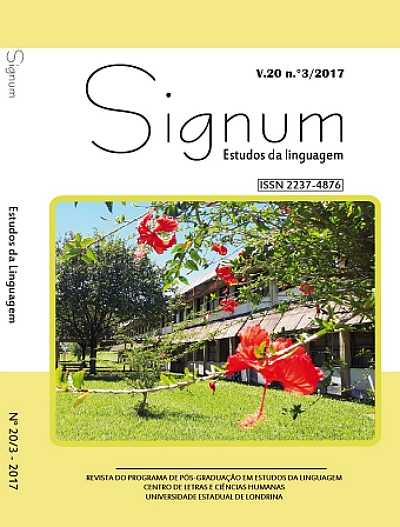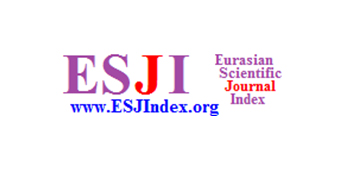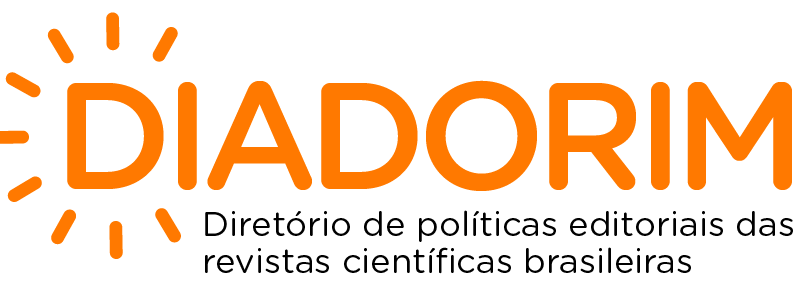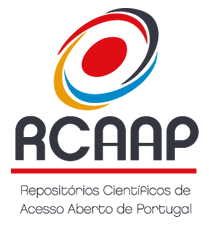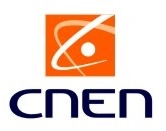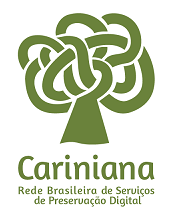The children's language as verbal interaction and interlocution process
DOI:
https://doi.org/10.5433/2237-4876.2017v20n3p40Keywords:
Thought and language, Verbal interaction, Dialogic.Abstract
Starting from the premise that all fields of human activity are connected by language, that the use of language takes place in the form of statements in a process of discursive interlocution, this work analyzed the language and its process of constitution, not only as an act of communication between an sender and a receiver, but as an action marked by a dialogic structure. Thus, the objective of this study was to understand the constitution of the child's language as a process of verbal and intrapsychic interaction, through observations of situations of dialogues between adults and children from a socio-historical perspective. In order to proceed to this issue, we adopted a qualitative research approach, based on the collection of data in the field work with twelve children aged between 3 and 4 years and two female teachers of the Pre-school class of a private, Early Childhood Education School in the city of Lavras, Minas Gerais, Brazil. The research was based on Bakhtin's Theory of Enunciation and Vygotsky's Historical-Cultural Approach to understand the process of child language development. The study points out children as conscious and active subjectz of their culture, established especially on concrete social relations with the more experienced Other.
Downloads
Downloads
Published
How to Cite
Issue
Section
License
Copyright (c) 2017 Signum: Estudos da Linguagem

This work is licensed under a Creative Commons Attribution-NonCommercial-NoDerivatives 4.0 International License.
This journal reserves the right to make, in the originals, normative, orthographic and grammatical modifications in order to maintain the standard language and the credibility of the publication. It will respect, however, the authors' style of writing. Modifications, corrections and suggestions of conceptual order will be forwarded to the authors, if necessary. In these cases, the papers, once appropriate, should be submitted to a new appreciation. The final examinations will not be forwarded to the authors. Works published become property of Signum, being its total or partial reprint subject to an explicit authorization of the journal. In all subsequent quotes the original source of publication should be mentioned, in case, in Photographic Discourse. Opinions emitted by the authors are their exclusive responsibility.